 The right marketing plan template will allow you to quickly and easily complete your marketing plan.
The right marketing plan template will allow you to quickly and easily complete your marketing plan.
The key is to know the questions to answer in each section of your plan.
Below is a great marketing plan template for you to use.
1. Executive Summary
Complete your Executive Summary last, as the information will come from the other sections of your marketing plan.
The Executive Summary of your Marketing Plan should resemble the following (with your answers filled in of course).
[Company Name] is in the business of (provide a brief description of your company).
– Our target customers are:
– Our unique selling proposition is:
– Our distribution strategy includes:
– The key offers we will use to attract customers include:
– The promotions we will use for new customers include:
– Our online marketing strategy includes:
– We will increase customer conversion rates by:
– We will maximize our transaction prices by:
– We will maximize the value of our customers by:
– Our key financial projections include:
The remainder of the marketing plan template is below. You will see how it mostly resembles the bullets in your Executive Summary. In each section, we detail the additional information on that topic.
2. Target Market/Target Customers
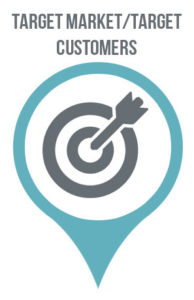
Without this understanding, you can’t speak directly to your customers. And if you can’t do this, your marketing ROI (return on investment) will suffer.
For example, if you were selling a teeth whitening product and knew that your customers were men aged 30 to 40, making between $40,000 and $50,000 per year, living in Manhattan, and who owned dogs, you could effectively reach this market and speak to their exact needs.
The information to detail includes:
A. Demographic Profile of Our Target Customers
- Location:
- Age:
- Generation: (e.g., baby-boomers, Generation X):
- Income:
- Etc.
B. Psychographic Profile of Our Target Customers
Describe the psychographic profile of your target customers. What do they do for fun? What TV shows do they watch? What do they believe in? What do they really care about?
- Activities
- Interests
- Opinions
- Etc.
C. Your Target Customers’ Key Problems, Desires, and Needs
Write down your target customers’ key problems, desires and needs below. Examples include price, location, exclusivity, results, safety, timeliness, convenience, and atmosphere.
3. Unique Selling Proposition (USP)
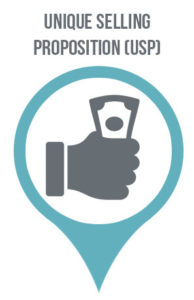
Your USP separates your product or service from your competitors. It makes your product or service a “unique, must have” item.
In fact, great USPs have been noted as the keys to success for companies in multiple industries such as these:
1. The Domino’s Pizza USP is “Fresh hot pizza delivered to your door in thirty minutes or less, guaranteed” (key USP elements are quality (hot/fresh) and timeliness (30 minutes or less))
2. The Federal Express USP is “When it absolutely, positively has to be there overnight.” (key USP elements are reliability and quick delivery)
Document your USP here.
4. Pricing & Positioning Strategy
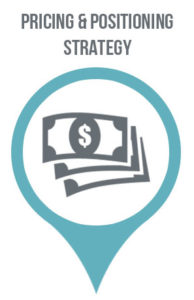
Your Branding & Positioning strategy defines how you would like customers to think about your business? (e.g., as being the guaranteed lowest cost provider, as being the most reliable company, etc.).
Document your Pricing and Branding & Positioning strategies here.
5. Distribution Plan
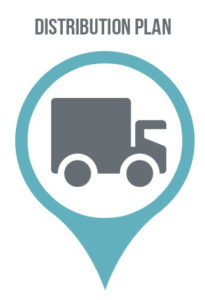
For instance, will customers buy from your website? Will they order via telephone? Will they purchase from your partners? Will they buy from wholesalers or distributors? Will they buy from retailers? , etc.
And/or will they be able to purchase via several of these channels?
Detail your Distribution Plan here.
6. Your Offers

Offers are special deals that you promote to customers in order to make your product and/or service offerings more irresistible to them.
There are five basic types of offers as follows:
- Free Offers & Free Trials
- Guarantee Offers
- Packaged Offers
- Discount Offers
- Premium Offers
Detail your Offers strategy here.
7. Marketing Materials

From business cards to brochures to employee shirts, such materials can positively promote your company to your target market.
Detail the marketing materials you have or will develop here.
8. Promotions Strategy
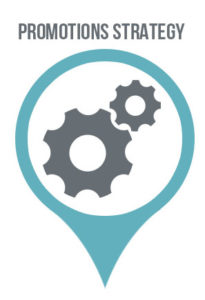
When developing your promotions strategy, consider how your target market acts and/or prefers to receive information.
For example, if you target customers in rural areas, billboards may not be as effective as they would be in congested urban areas.
Or, if your target customers don’t read newspapers, then remove newspaper advertising from your list.
There are numerous ways to promote your company from email marketing to direct marketing to newspaper ads, etc.
Detail all the promotions methods you will use for your company here.
9. Online Marketing Strategy
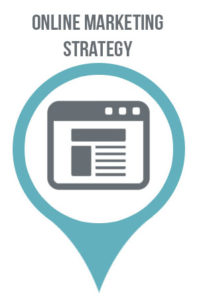
There are four key components to your online marketing strategy as follows:
1. Keyword Strategy
2. Search Engine Optimization Strategy
3. Paid Online Advertising Strategy
4. Social Media Strategy
Detail how you will utilize these 4 online marketing strategies.
10. Conversion Strategy
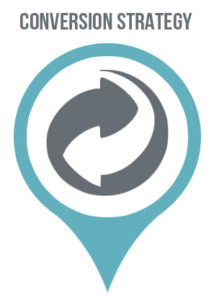
Small increases in conversion rates dramatically improve sales and profits, so it’s important to focus on this area.
Below are the 5 strategies to use to increase your conversion rates.
- Improve Your Offers
- Improve Your Sales Script(s)
- Increase Your Social Proof
- Improved Prospect Nurturing
- Improved Branding/Prospective Customers’ Perceptions of You
Detail here how you will leverage these five strategies.
11. Joint Ventures & Partnerships

Detail if you will leverage Joint Ventures & Partnerships, and what partners you have and/or will try to secure this year.
12. Referral Strategy
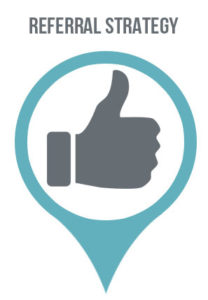
Referrals, as you might expect, are simply asking existing customers to refer more customers (i.e., prospective customers that they know personally) to you.
Detail how you will use customer referrals to grow your sales.
13. Strategy for Increasing Transaction Prices
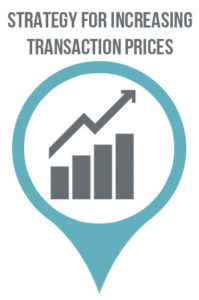
Below are the 5 core ways to maximize your transaction price:
1. Raise Prices
2. Offer Product Packages
3. Up-sell and Cross-Sell
4. Sell Continuity Programs
5. Increase the Order Size
Detail how you will use these 5 ways to maximize your transaction prices and thus revenues.
14. Retention Strategy
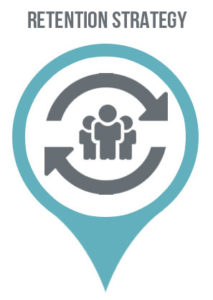
- Ongoing Communications
- Loyalty Programs
- Continuity Programs
Describe how you will leverage these retention strategies in your business here.
15. Financial Projections

In the financial projections section, you should project the potential results of executing on these strategies, and set goals.
For instance, your promotions strategy should increase your leads by X%. Your Conversion strategy should increase lead conversions to sales by Y%. And so on.
Creating a financial model allows you to see the financial impact of all the strategies you documented and keep you and your team accountable for realizing improvements.
Marketing Plan Template Infographic
Below is an infographic of this article for quick reference.
Recommended Slideshare
We put together the slide presentation below to reiterate the “15 Keys to a Successful Marketing Plan” for you.
Summary
Your marketing plan is a crucial to your success. It forces you to think through each core aspect of your marketing strategy and make improvements. The beauty is that when you make multiple improvements, the results are typically exponentially better since each improvement builds on the others.

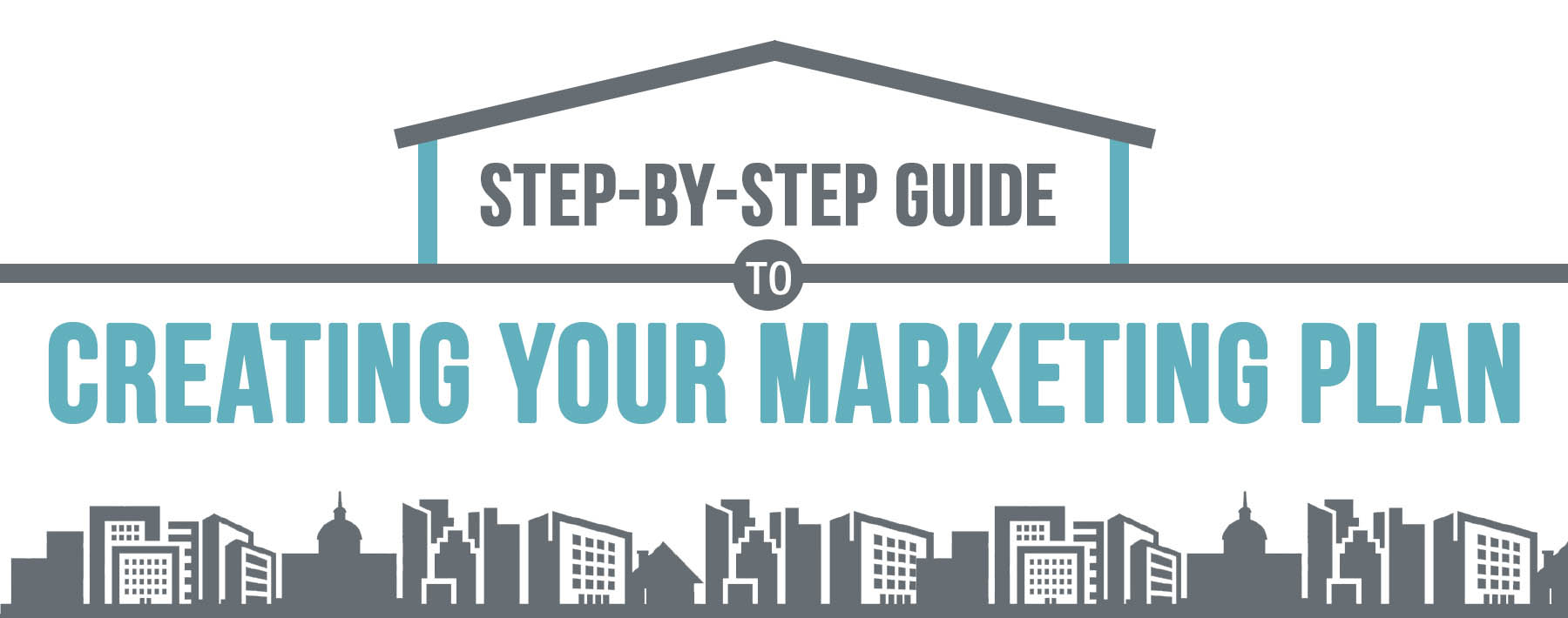 The right marketing plan template will allow you to quickly and easily complete your marketing plan.
The right marketing plan template will allow you to quickly and easily complete your marketing plan.
